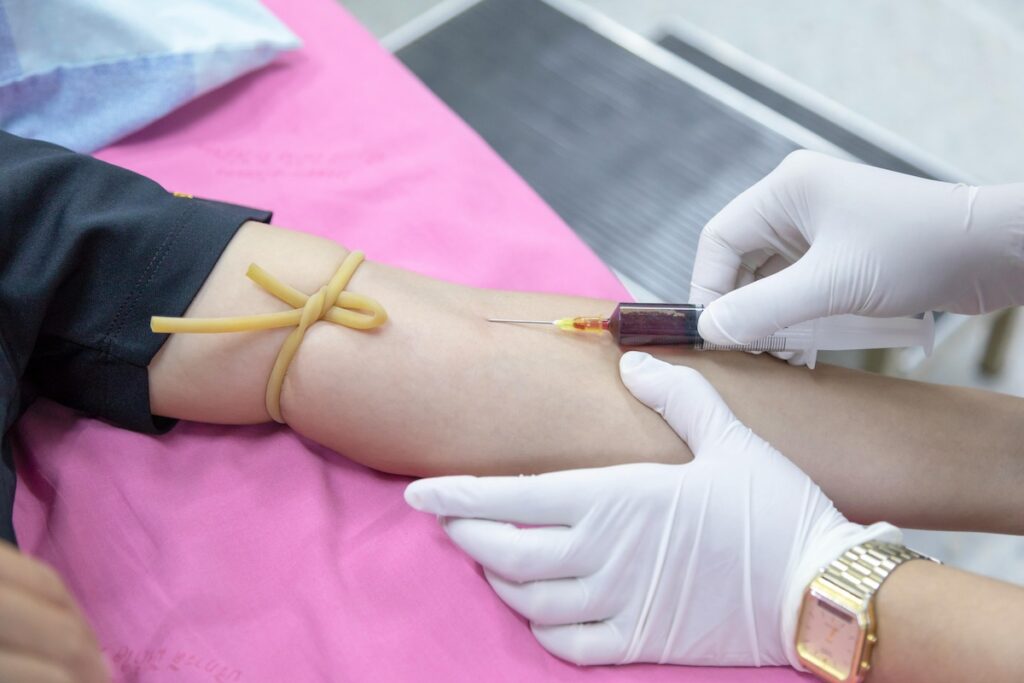For many expatriate families living in South Korea, finding the right school for their children is one of the most important and often stressful decisions.
The Korean education system is rigorous and competitive, and while many local schools offer high-quality education, language barriers and cultural differences can be challenging.
That’s why many foreign parents turn to international schools that provide globally recognized curricula in an English-speaking environment.
In this guide, we’ll explore everything you need to know about international schools in Korea—from tuition and curriculum options to application tips and school culture.
1. Why Choose an International School in Korea?
- Language Accessibility: International schools in Korea typically use English as the primary language of instruction, making them ideal for expatriate children who may not speak Korean fluently.
- Global Curriculum: Most international schools offer internationally recognized programs like IB (International Baccalaureate), AP (Advanced Placement), A-Level, or American/British curricula.
- Cultural Diversity: These schools provide a multicultural environment with students and teachers from various national backgrounds.
- Smooth Transitions: If families move frequently, an international curriculum allows easier academic transitions between countries.
2. Popular International Schools in Korea
Here’s a list of some of the most well-known international schools across Korea, especially in Seoul:
Seoul
- Seoul Foreign School (SFS)
- Curriculum: IB and British
- Age: Pre-K to Grade 12
- Location: Seodaemun-gu, Seoul
- Yongsan International School of Seoul (YISS)
- Curriculum: American, AP
- Age: K to Grade 12
- Location: Yongsan-gu, Seoul
- Seoul International School (SIS)
- Curriculum: American, AP
- Age: K to Grade 12
- Location: Seongnam, near Seoul
- Dwight School Seoul
- Curriculum: IB (full program)
- Age: Preschool to Grade 12
- Location: Digital Media City, Seoul
Outside Seoul
- Busan International Foreign School (BIFS)
- Location: Busan
- Curriculum: IB, American
- Jeju North London Collegiate School (NLCS)
- Location: Jeju Island
- Curriculum: British, IB
- Korea International School (KIS)
- Locations: Seoul and Pangyo
- Curriculum: American
3. Admission Requirements and Process
Each school has different admissions policies, but most require:
- Academic transcripts or school reports
- English language proficiency test results (e.g., TOEFL, iTEP)
- Student interview and/or parent interview
- Application fee (varies by school)
- Health records and passport copies
Important: Many schools have a waiting list and limited enrollment windows (usually in spring), so applying early is critical.
4. Tuition and Fees
International schools in Korea are expensive. Here’s a general breakdown:
- Application Fee: $200–$500 (non-refundable)
- Tuition: $20,000–$40,000 per year depending on grade and school
- Additional Costs:
- Uniforms
- Lunch program
- School bus
- Textbooks & extracurriculars
Tip: Some employers offer education allowances, so check your expat benefits package.
5. Curriculum Comparison: Which One is Right for Your Child?
- IB (International Baccalaureate):
- Known for its academic rigor and global focus
- Ideal for students who might attend university outside Korea
- AP (Advanced Placement):
- Popular in American-based schools
- Provides college-level coursework and exam credits
- British (IGCSE, A-Level):
- Structured curriculum with specialized subjects
- Often preferred by European families
- American:
- Broad, flexible system with GPA and credit-based graduation
- Common pathway to U.S. universities
6. Life at an International School in Korea
- Diverse Classrooms: Students often come from over 40 different countries
- Extracurriculars: Sports, arts, STEM clubs, Model UN, music, etc.
- Facilities: Many have cutting-edge campuses with science labs, swimming pools, art studios, and more
- Parental Involvement: Parent associations, coffee mornings, school events
7. Common Challenges and Tips for Parents
- Long Commutes: Some families move closer to the school to avoid daily travel stress.
- Limited Spots: Plan and apply early.
- Integration: Help your child adjust socially—join orientation programs and community activities.
8. Legal and Visa Considerations
- Children of non-Korean nationality or dual citizens can typically enroll in international schools.
- Children with only Korean citizenship might be restricted from attending unless they’ve lived abroad for a certain number of years.
- Always check the school’s admissions policy regarding nationality and visa status.
9. How to Choose the Right School
Ask yourself:
- What curriculum best fits our long-term academic plans?
- What’s our budget?
- Is location a concern?
- Does the school’s culture match our child’s needs?
School visits, trial classes, and parent reviews are also valuable tools in the decision-making process.
Final Thoughts
International schools in Korea offer world-class education with an international outlook.
While expensive and competitive, they provide children with the tools they need to thrive in a globalized world.
By planning early and choosing the right fit, parents can ensure a successful and enriching educational journey for their children in Korea.

